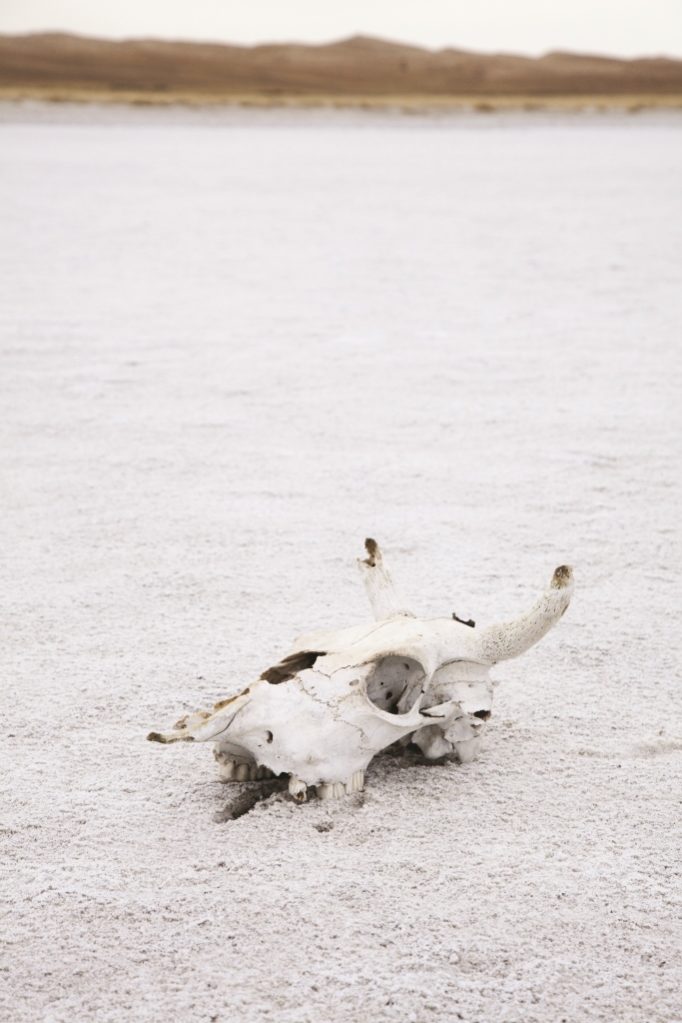South African farmers have a tough choice, they either have to sell their cows or watch them die, as the country suffers the worst drought in 23 years.
In this dry world, more than 800,000 livestock are under threat from thirst and hunger.
Gerhard Schutte, the CEO of Red Meat Producers’ Organisation, says 30,000 commercial farmers, 250,000 emerging farmers and 1.2 million households owning livestock are feeling it.
“In the emerging sector [the farmers] have lost up to R1.35 billion ($96.9 million) while in the commercial sector its R3 billion ($215 million),” says Schutte.
“In the case of emerging farmers and households owning livestock, there are no means to buy in feed, so the scenario is bleak. Commercial farmers can still buy in feed but availability is a problem.”
In the KwaZulu-Natal province alone, along the east coast of South Africa, more than 40,000 cattle have died.
“A lot of livestock have been lost by farmers. In our farm at Brakspruit, in Utrecht, alone we have lost thousands of livestock. If this crisis continues, we are likely to lose more than 800,000,” says Mandla Buthelezi, Vice-President of the National African Farmers Union.
Molemi Modise, from South Africa’s North West province, has been a farmer for 25 years and says this is the worst drought ever.
“The last time we had decent rain was five years ago and you can imagine how the farm is looking like now. I spent every cent I had to sustain my livestock.”
“There is no grass left and I have already spent more than I should. I visited other farmers at Molatedi Dam and saw carcases everywhere. Some cattle collapsed lying alongside the dam. The situation has gone beyond worse. The unfortunate part is that rain is not going to help anything now. We are a few months before winter and no grass will mature between now and then.”
“If I don’t get help in the near future, I will lose my stock, which would be unfortunate and that could mean my entire farm workers will lose their jobs and their families will suffer. The situation is very bad. I am improvising to keep my head above water,” says Modise.
Like many farmers in the country, Modise appeals to the government to help with the drought.
“This situation calls for help from the government because if we don’t get any soon the country will be heading for a major disaster.”
According to climatologist Simon Gear, the drought is the result of the EL Nino, warm and dry weather conditions, which occur every two and a half years.
“It’s a regular cycle but this one is the warmest. It’s at its peak and would probably decline towards the end of the summer season,” says Gear.
What is clear is that breeding herds are likely to get smaller. Schutte says it could take three to four seasons to recover.
